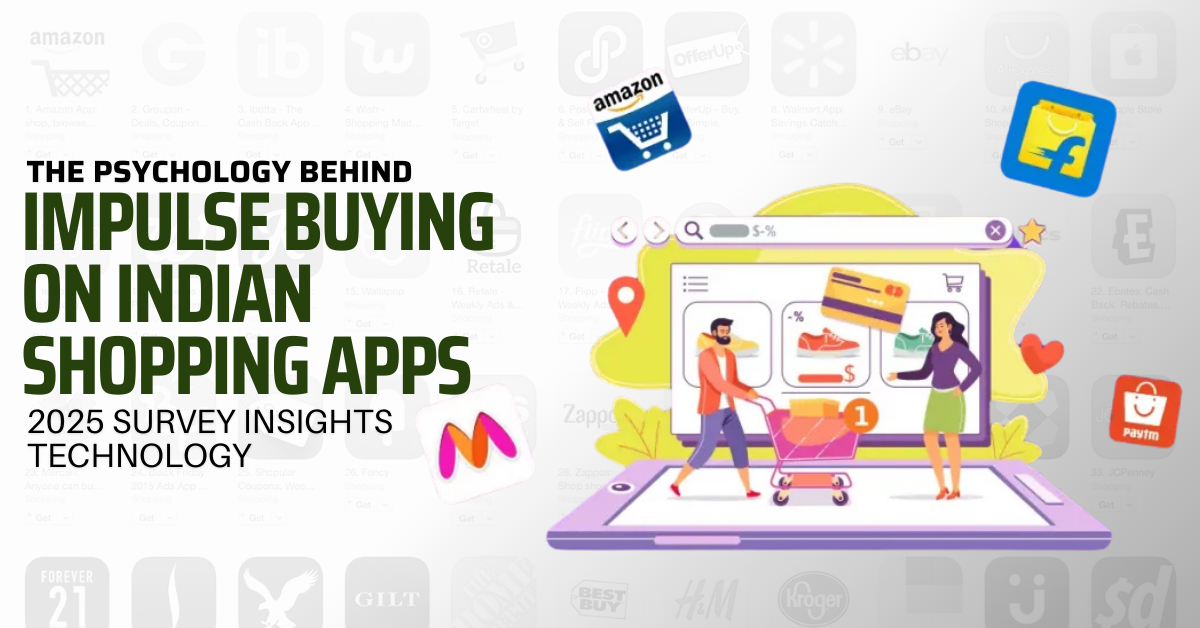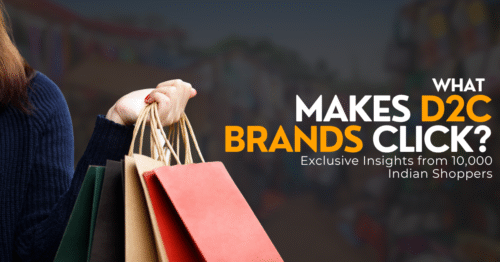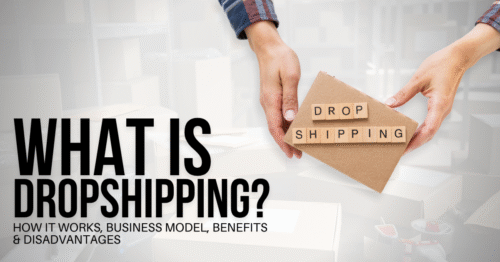Introduction: One Tap, One Decision
Have you ever opened a shopping app to just “browse,” and ended up buying something you didn’t need? You’re not alone.
In 2025, impulse buying is more common than ever in India, driven by the rapid rise of shopping apps, digital wallets, flash sales, and influencer-driven content. But what really goes on in the mind of the Indian consumer during those split-second purchase decisions?
We analyzed insights from a 2025 nationwide survey of 8,000+ online shoppers across India. The results reveal a fascinating blend of psychology, design, emotion, and tech that fuels this growing habit.
What Is Impulse Buying?
Impulse buying is when a shopper makes a purchase spontaneously and emotionally, with little or no planning. It’s different from needs-based shopping — it’s driven by:
Excitement
Curiosity
Urgency
Emotional triggers (boredom, stress, reward)
In the age of shopping apps, these emotions are actively engineered through features like:
Limited-time deals
Countdown timers
Flashy visuals
Personalized suggestions
Free delivery or coupons
Key Triggers of Impulse Buying on Indian Apps
1. The Power of Flash Sales and Timers
From Flipkart’s “Big Billion Days” to Meesho’s hourly deals, the idea is simple: create urgency. 65% of survey respondents admitted that countdowns made them feel “rushed” to buy.
“When I see a ₹299 kurti offer ending in 4 minutes, I click buy even if I don’t need it — just in case,” shared a 29-year-old shopper from Indore.
This is loss aversion at play — the fear of missing out (FOMO) makes us act quickly.
2. Personalized Product Recommendations
Apps like Amazon and Myntra use AI to show users exactly what they’re most likely to buy — often within the first few seconds.
These tailored nudges are based on:
Browsing history
Time of day
Previous searches
Location and behavior patterns
52% of shoppers said that seeing products “just for me” led them to click ‘Buy Now’ more frequently than planned.
3. Instant Payments & Wallets Make It Too Easy
UPI, Paytm, Google Pay, and in-app wallets reduce friction at checkout. No card details. No hesitation.
In our survey, 48% of users said they would cancel a planned purchase if there was payment friction, but impulse purchases went through faster when UPI or wallet options were available.
4. Social Media & Influencer Triggers
Instagram reels, YouTube shorts, and WhatsApp forwards have become major drivers of impulsive purchases — especially for:
Beauty and skincare
Fashion
Kitchen gadgets
Fitness gear
A Gen Z shopper from Bengaluru shared, “I didn’t need a mini blender, but after watching three influencers use it, I ordered one within minutes.”
Social proof + peer influence = instant action.
5. Free Delivery & “Only Few Left” Messages
42% of shoppers admitted they added extra items to unlock free delivery.
Also, messages like:
“Only 3 left in stock”
“20 people bought this today”
“Limited availability in your area”
These don’t just inform — they pressure. They add artificial scarcity that makes people act out of fear, not need.
Emotional States That Spark Impulse Buying
| Emotional Trigger | % of Shoppers Affected | Typical App Behavior |
|---|---|---|
| Boredom | 61% | Late-night scrolling turns into shopping |
| Stress or Anxiety | 44% | Retail therapy offers momentary relief |
| Happiness or Celebration | 39% | Treat-yourself purchases during personal milestones |
| Loneliness | 33% | Buying to feel connected or rewarded |
| Insecurity (FOMO) | 52% | Triggered by social media deals or “trending now” |
Shopping apps are designed to intersect with emotion. Most impulse purchases are not about the product — they’re about feeling something better in the moment.
Which Categories Drive the Most Impulse Buys in India?
From our 2025 survey, here are the top 5 categories that triggered unplanned purchases:
Clothing & Fashion Accessories
Beauty & Skincare Products
Mobile Accessories & Electronics
Home Decor & Kitchen Gadgets
Health & Wellness (protein powders, supplements, etc.)
Fashion and beauty remain at the top — largely because of visual appeal, influencer influence, and high discounts.
Gender and Age Trends in Impulse Buying
Women (aged 22–40) showed higher frequency of impulse buying, especially during festive seasons and flash sales.
Men (aged 18–35) leaned more towards tech accessories, grooming, and fitness items.
Gen Z shoppers were more likely to buy based on peer or influencer behavior, while Millennials responded to convenience and discounts.
Is It All Bad? Or Can It Be Balanced?
Impulse buying isn’t inherently negative. It can be joyful, rewarding, and help with discovery of new products. However, repeated impulsive behavior can lead to:
Overspending
Buyer’s guilt
Credit card debt
Unused items piling up
To balance impulse with intention, many apps are introducing:
Wishlist holds before checkout
Budget trackers in-app
Mindful shopping prompts
“Are you sure?” check screens for late-night shopping
These small interventions can help users reflect before they tap “Buy Now.”
Conclusion: A Tap into Emotion, Not Just Commerce
In 2025, Indian shopping apps are no longer just marketplaces — they are emotion engines. They read, predict, and react to user behavior with a precision that turns passive scrolling into active buying.
But with this insight comes responsibility.
Consumers must become more aware of why they’re buying — is it need, or just a moment of emotion?
And platforms too must strike a balance between growth and mindful experience, helping users shop with intention, not regret.
Read
A comprehensive study on factors influencing online impulse buying behavior







